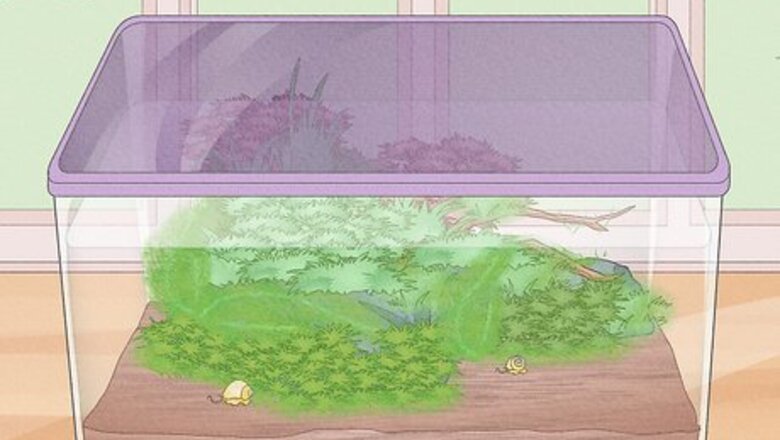
views
What is a closed aquatic ecosystem?
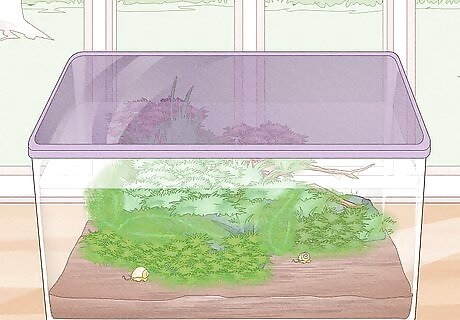
It’s a self-sustained miniature aquatic world. Closed aquatic ecosystems are sealed off from the outside world. If they’re set up properly, the plants, sediment, and animals provide everything the environment needs to survive. They don’t need feeding, filtration, or anything other than sunlight to thrive. There are a bunch of different closed aquatic ecosystems you can make. Some you can purchase ready-made, and others you can make yourself by gathering the materials from your local environment.
What are the 3 things needed for a self-sustaining ecosystem?
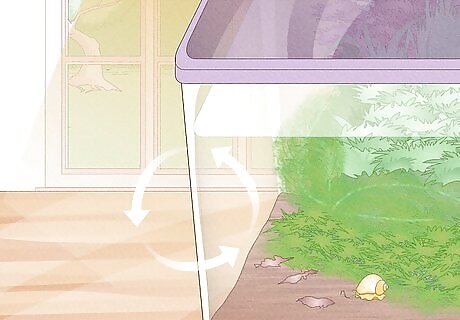
Energy, nutrients, and waste management are needed. A self-sustaining environment, such as an aquatic ecosystem, can use light from the sun to create energy and as plants break down, their nutrients can be recycled and reused by the environment. Every environment produces waste, but certain bacteria can breakdown harmful waste products and detoxify the ecosystem. If you have these 3 things, you’ve got yourself a self-sustaining environment!
What do you need to make a closed aquatic ecosystem?

You need a clear, sealable container and some collection equipment. You can basically use anything that closes, but it needs to be clear so sunlight is able to get through (and so you can see the ecosystem). Mason jars, plastic containers, empty glass bottles, or even clear Christmas ornaments are all great to use. You’ll also want some gear like a large bowl, a spoon or ladle, and a suction device like a turkey baster to gather material for your ecosystem.
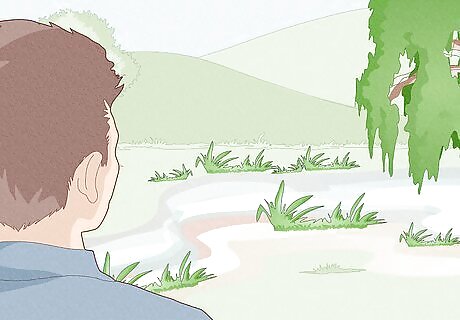
Choose a nearby pond, lake, river, or stream to collect materials. The best way to make your own closed aquatic ecosystem is to gather materials from an environment that is already established and thriving. Look for a nearby pond, lake, or waterway that you can visit to gather sediment, plants, and wildlife for your ecosystem. If you try to gather dirt from your yard, water from a pond, and plants from your garden, your ecosystem won’t survive. You need to gather materials that already live together. Some waterways may be protected by conservation laws, so double check your local laws to make sure it’s okay for you to take water, sediment, and plant samples first!
How do you start a closed ecosystem?
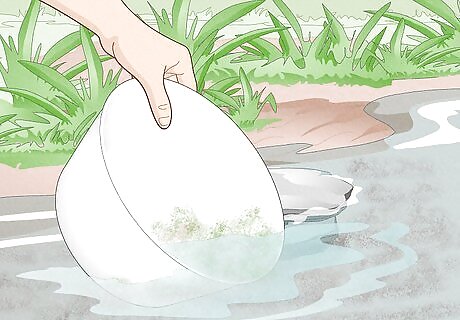
You can purchase one ready-made for a simple option. Miniature closed ecosystems were developed in the 1980s and are still available today. You can purchase a kit that comes with a glass globe, seawater, bacteria, gravel, coral, algae, and shrimp—already sealed inside. All you have to do is place the ecosystem in a sunny location and enjoy it! The most popular brand of miniature closed aquatic ecosystems is called EcoSphere. You can order them online and have them shipped directly to you. They usually last for about 2-3 years.
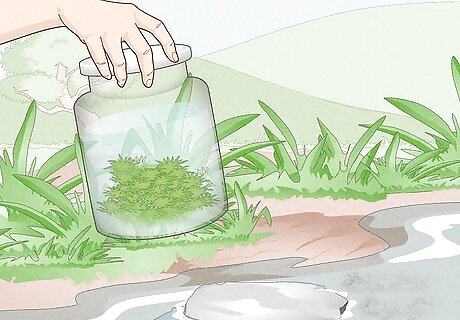
Collect water, sediment, and plants from a freshwater source. Use a sealable container and equipment such as spoons and ladles to gather your materials from a nearby freshwater pond, lake, or waterway. Scoop some of the soil out of the water, add it into your container, and then fill the container with water and wait for the sediment to settle at the bottom. Then, gently remove some nearby plants growing in the sediment you collected and add them to your container by pushing their roots into the sediment. Leave a small pocket of air, and then seal the container. You can then place the container somewhere nice and sunny such as a windowsill and enjoy your new closed aquatic ecosystem. It’s important that you collect water, sediment, and plants from the same location so they’ll survive together.
What animals can you put in a closed aquatic ecosystem?

You can add aquatic shrimp, snails, or copepods. Fish and other animals are too large and create too much of a mess for a closed aquatic ecosystem. But small shrimp, snails, and copepods (small crustaceans) can do really well in them. If you want to have some living animals you can see and watch in your ecosystem, add a few into the water and then seal the container. You don’t need to feed aquatic shrimp, snails, or copepods, either. They’ll find food and nutrients in the sediment and your plants will continue to supply oxygen.
How do I maintain a closed aquatic ecosystem?
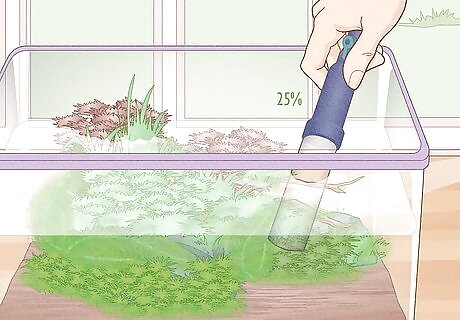
Change out 25% of the water every week so it doesn’t get cloudy. Cloudy or smelly water is a sign that the environment isn’t healthy, which could harm and potentially kill the plants and animals in the ecosystem. To keep your aquatic ecosystem happy and thriving, change out about a quarter of the water with fresh water from the same source every week or so, or whenever it starts to look cloudy. If the entire ecosystem fails, your best bet is to start from scratch. Empty the container completely and clean it really well before you make another closed aquatic ecosystem.
How do you make a closed aquatic ecosystem in a bottle?
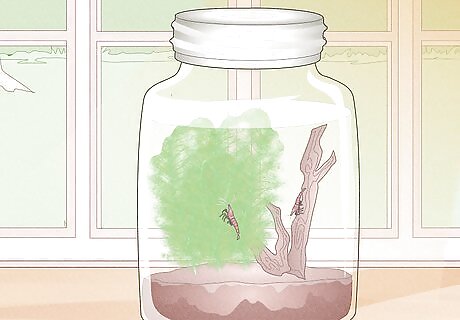
Put sediment and water first, then add plants and animals to the bottle. Choose a clean, clear bottle, collect sediment and water from a nearby lake, pond, stream, or another waterway. Wait until the sediment settles and then add plants you collect from the water source into the bottle. If you have aquatic shrimp, snails, or copepods, you can add them as well. Fill the bottle so there’s a small pocket of air and then seal it tight.
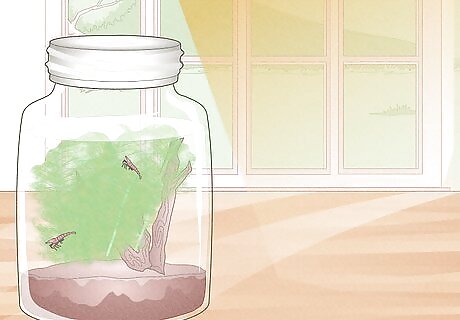
Place the bottle in a location with plenty of natural sunlight. Direct sunlight can damage and potentially destroy your closed aquatic ecosystem. Choose a sunny spot such as a shelf near a window or a windowsill and place your bottle there. That’s all there is to it!















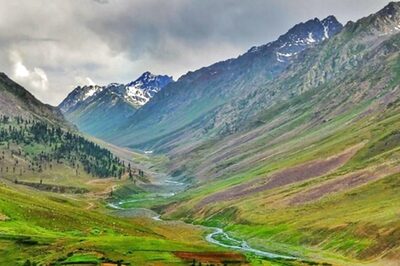



Comments
0 comment